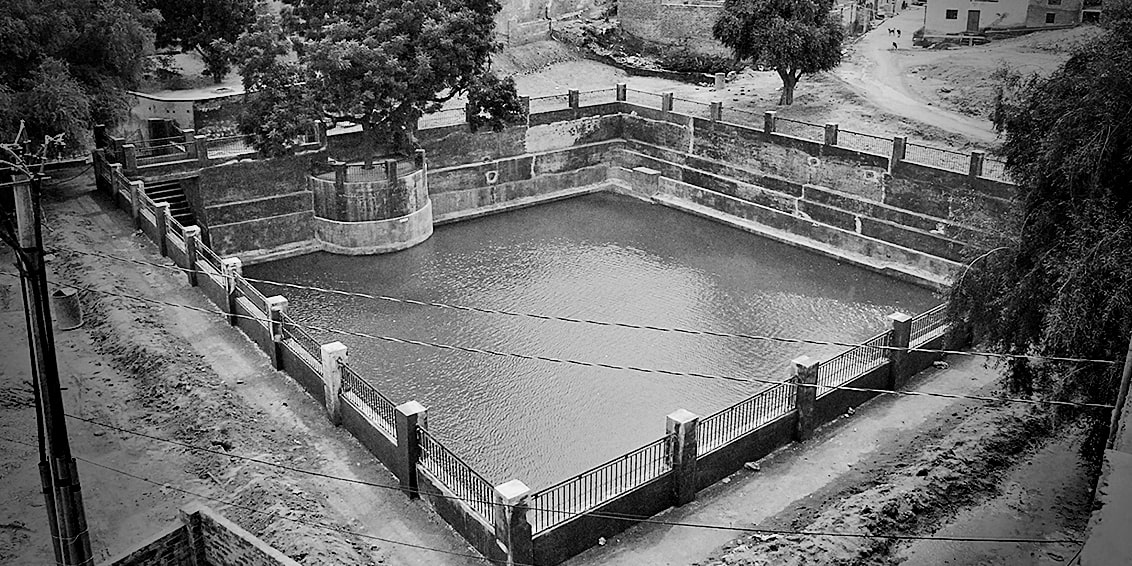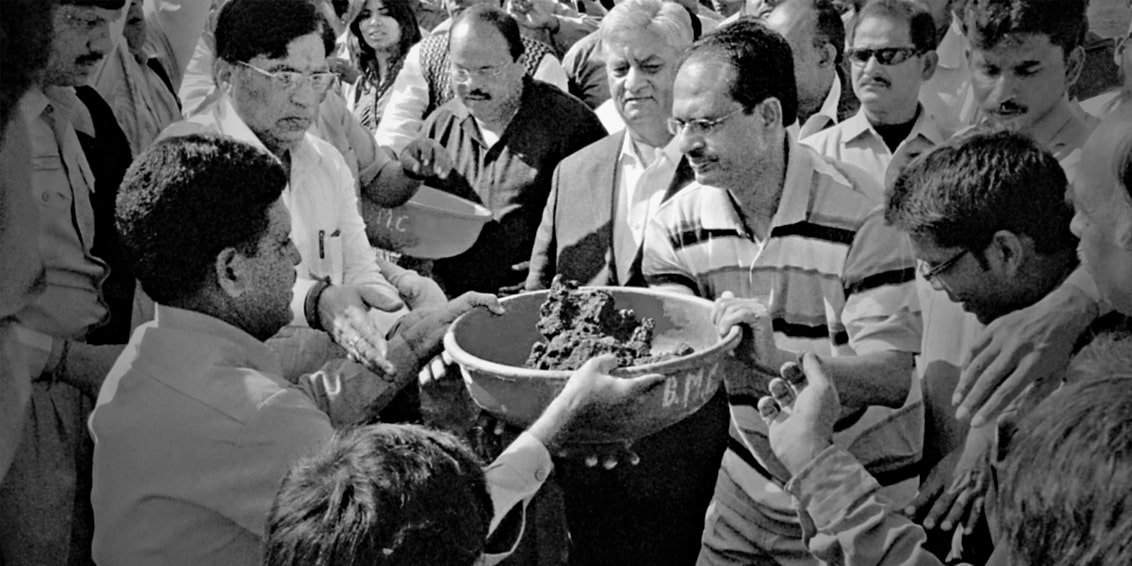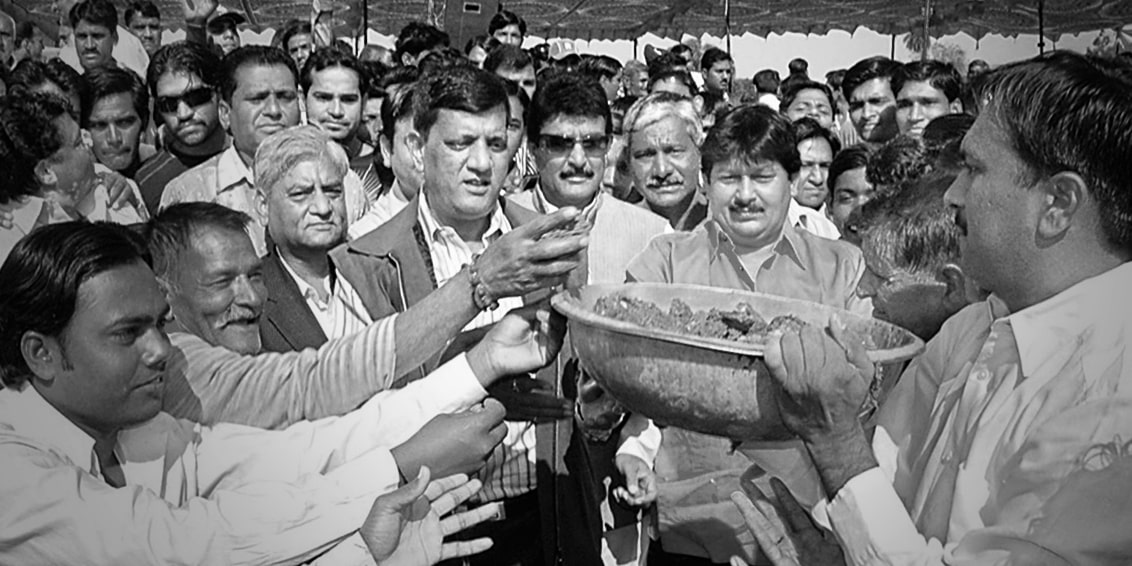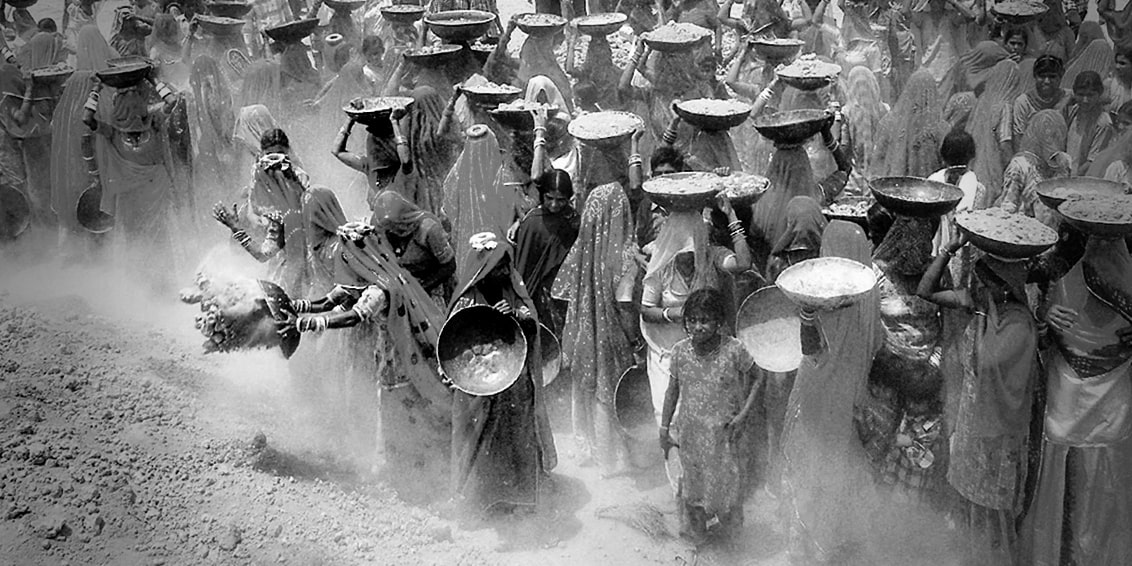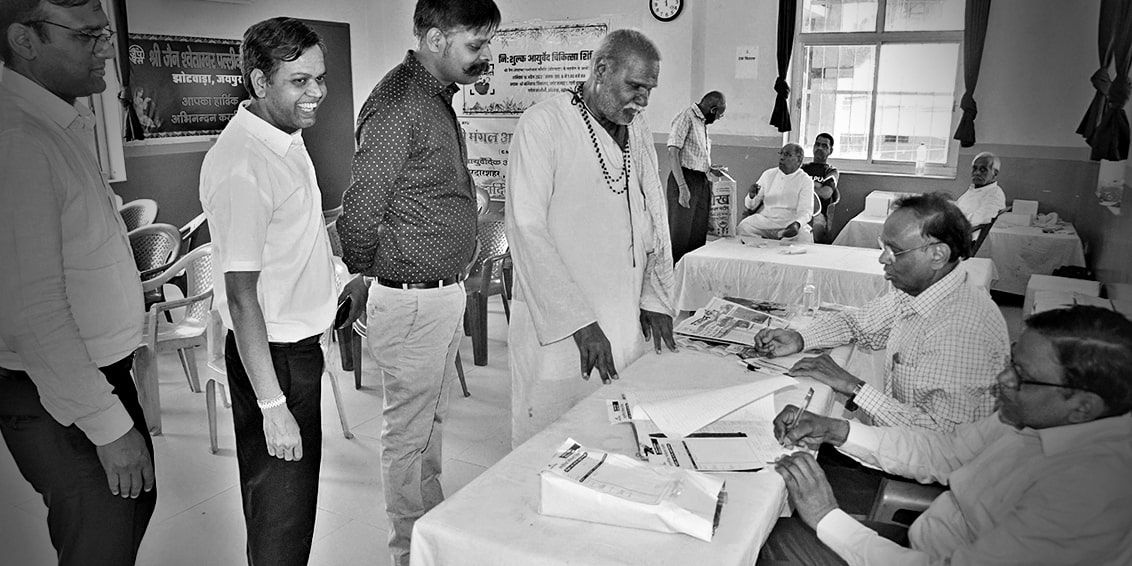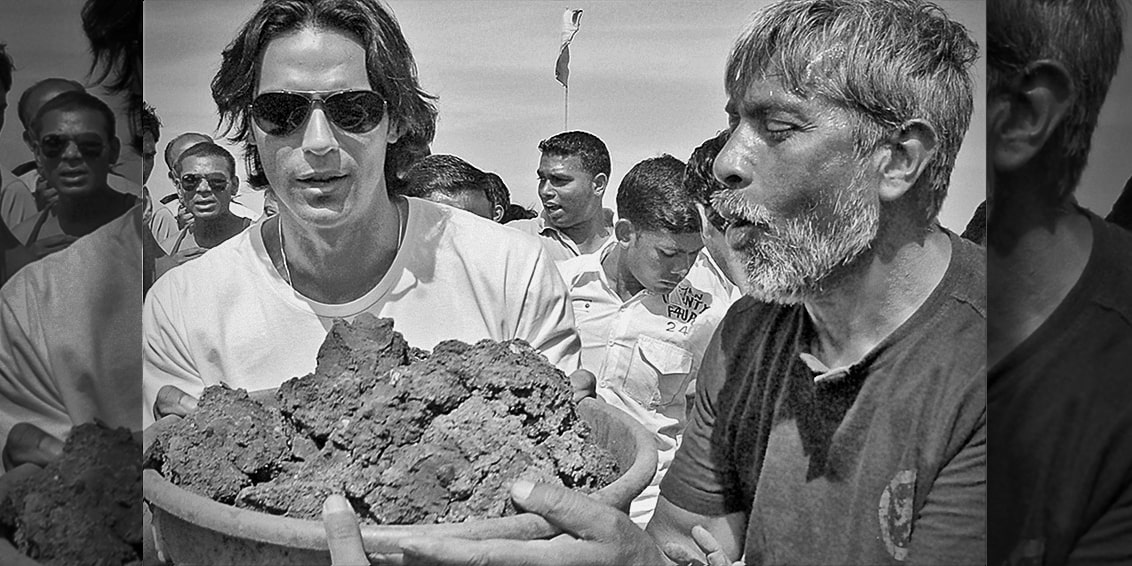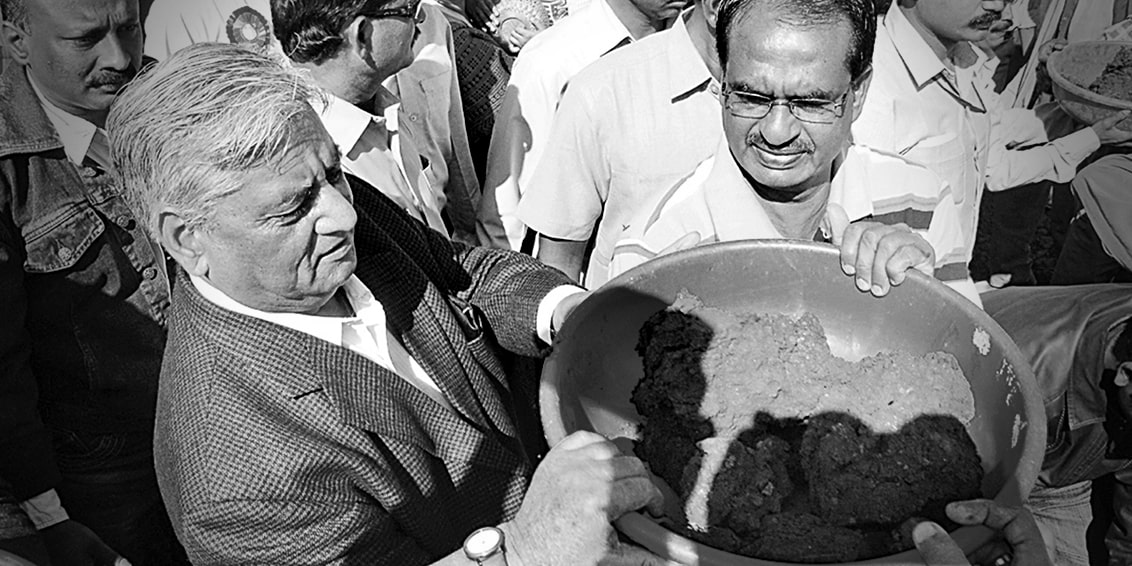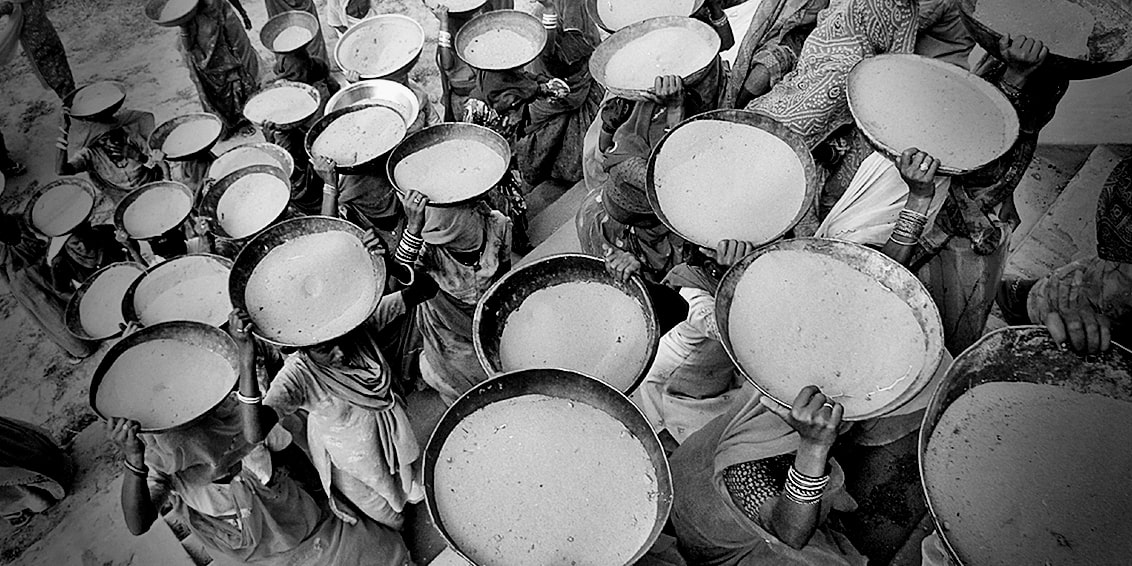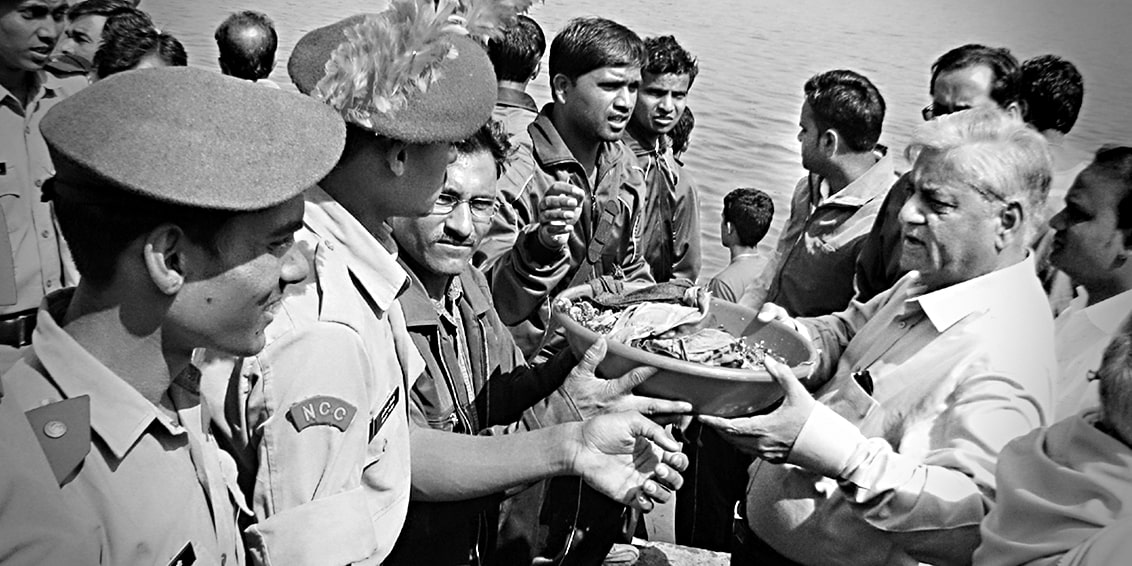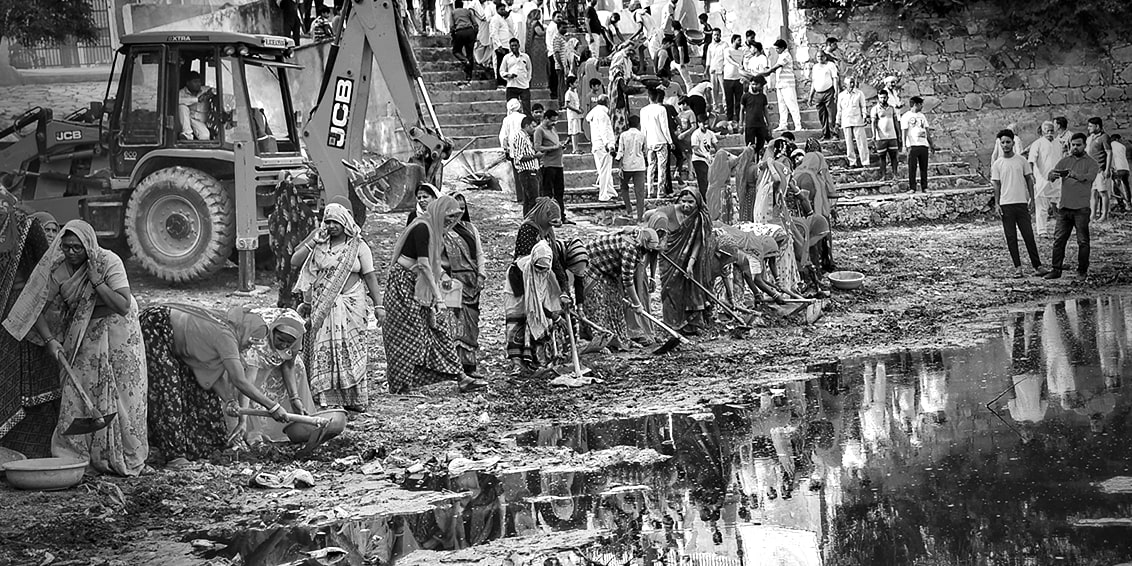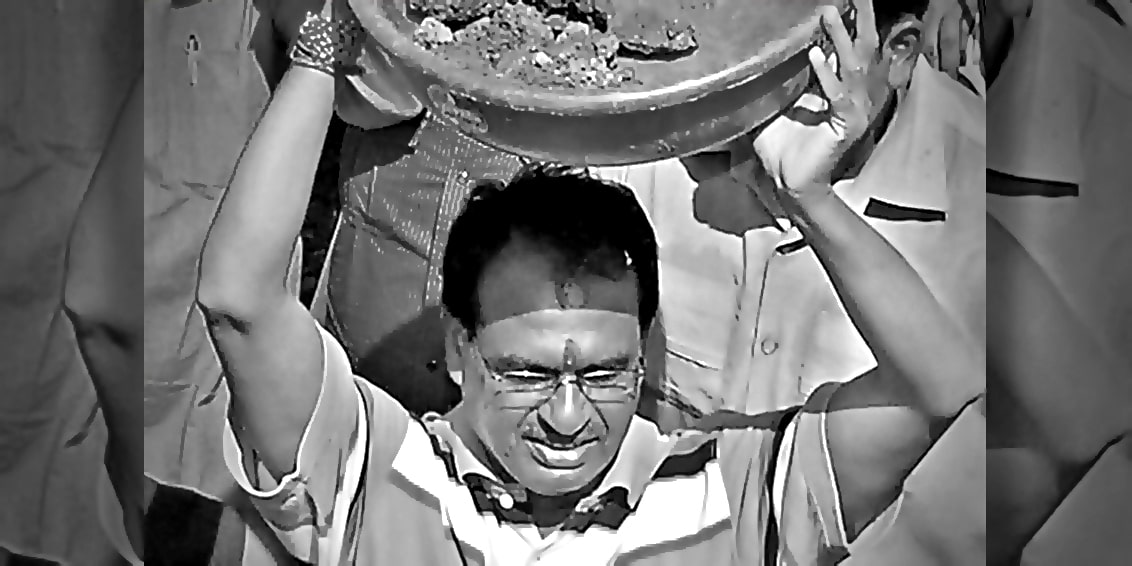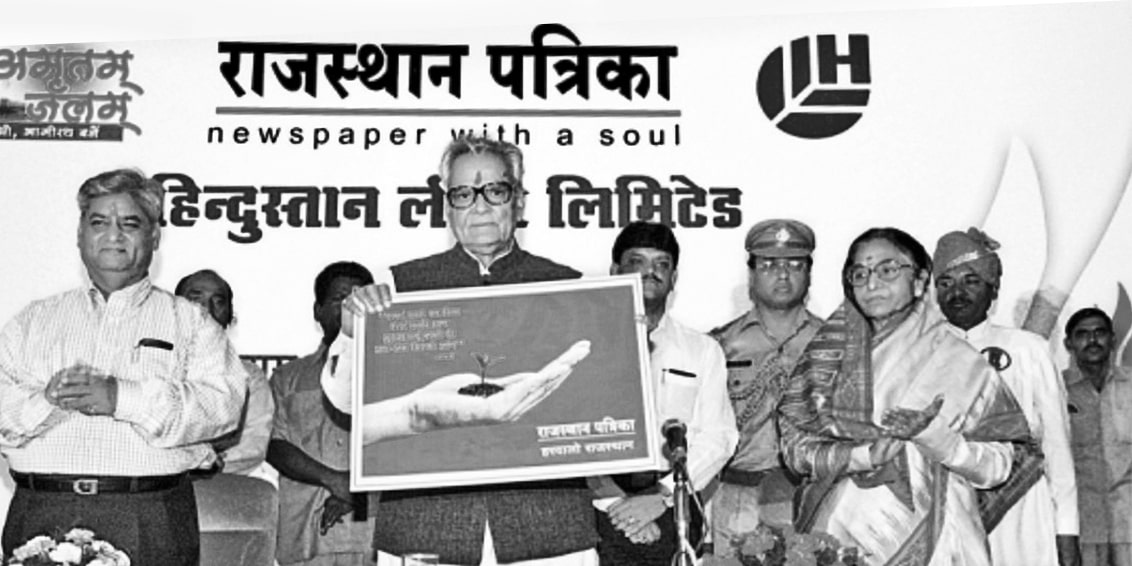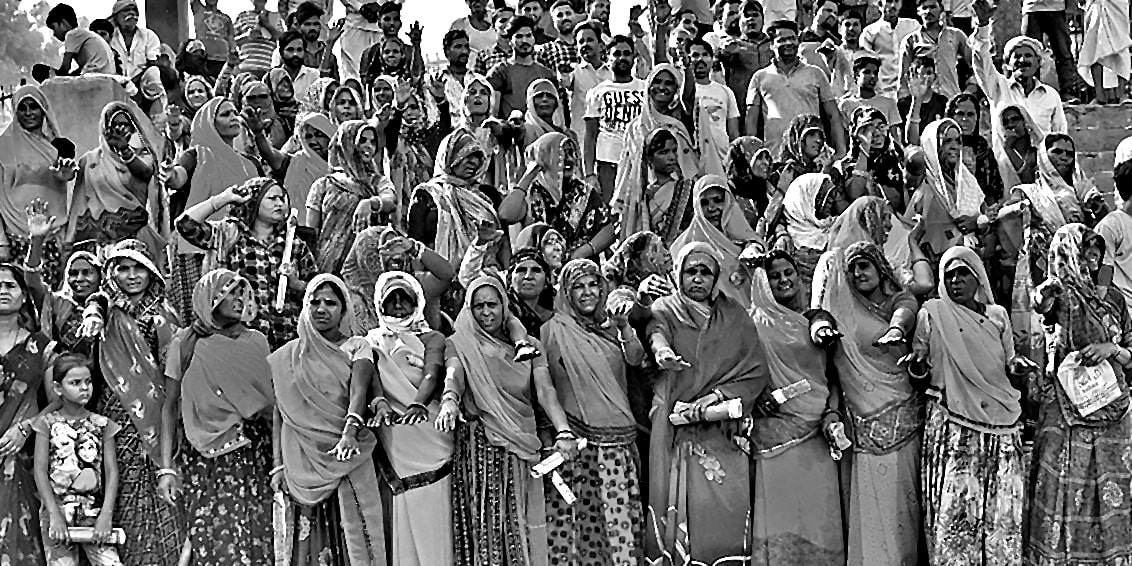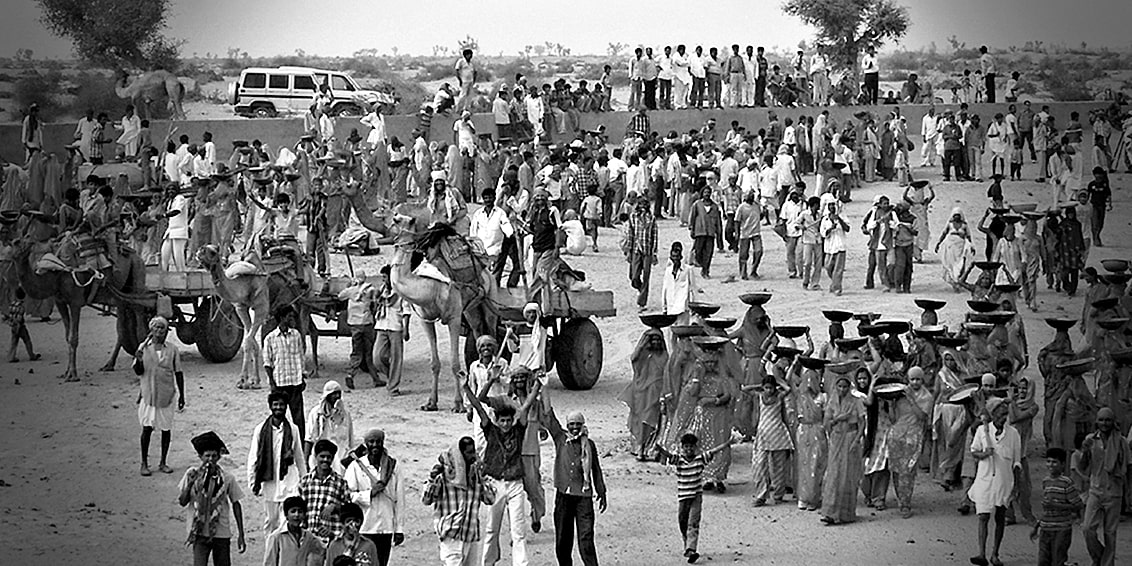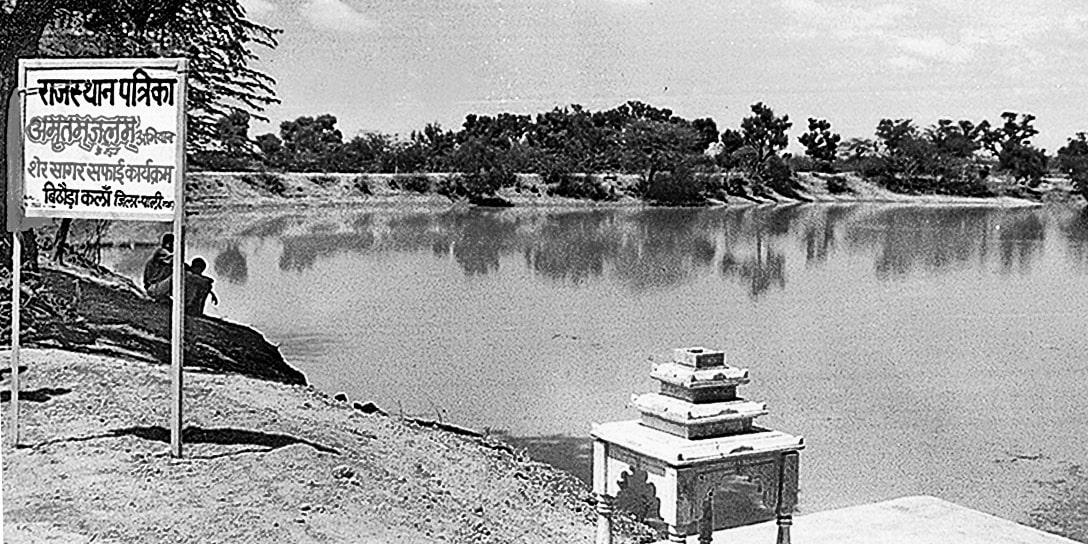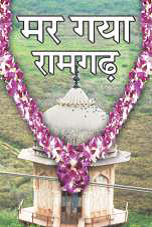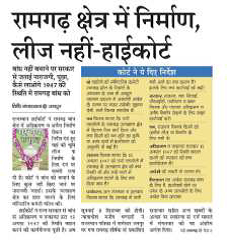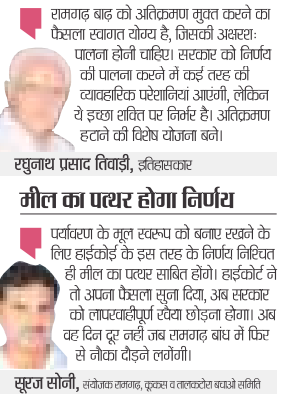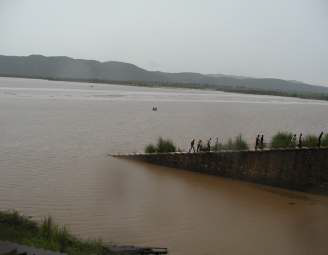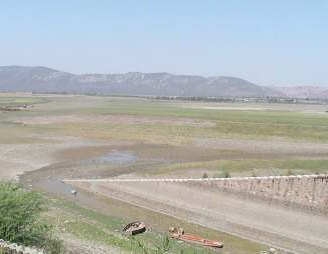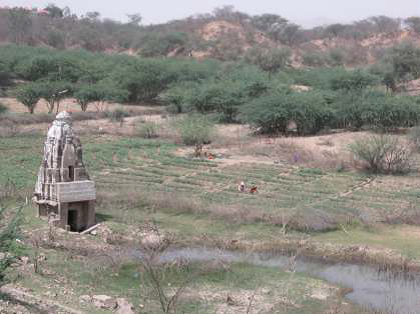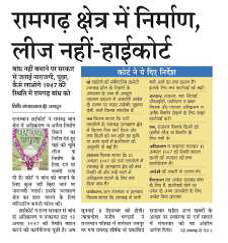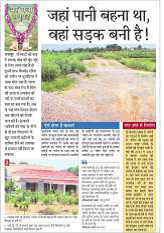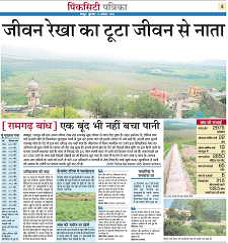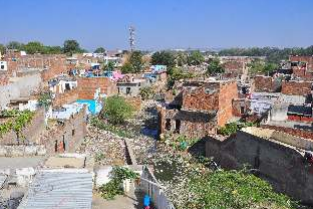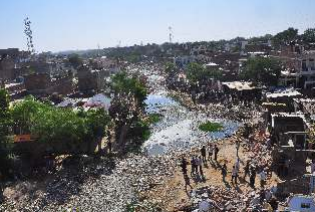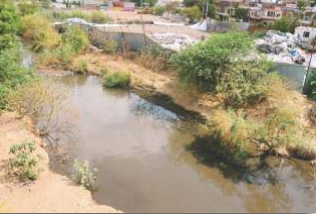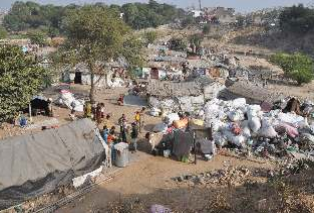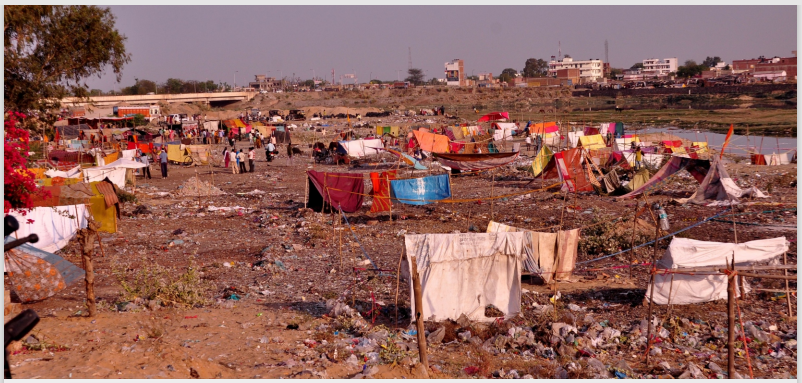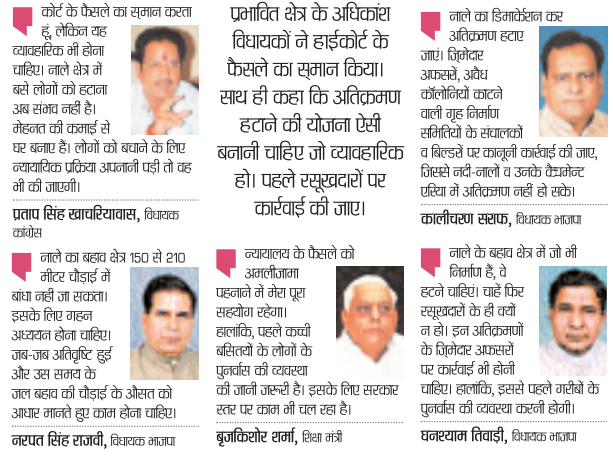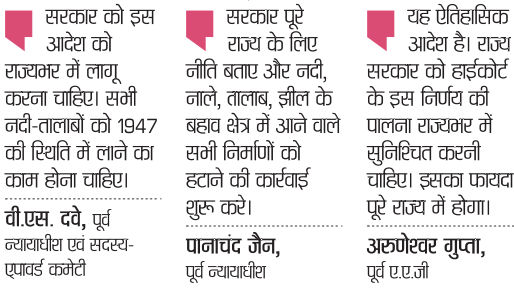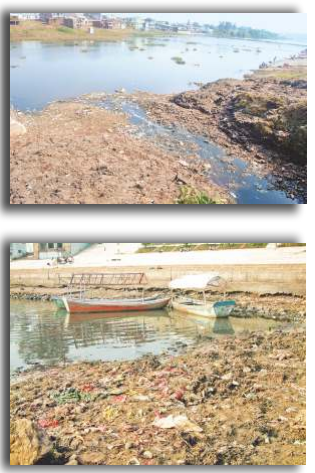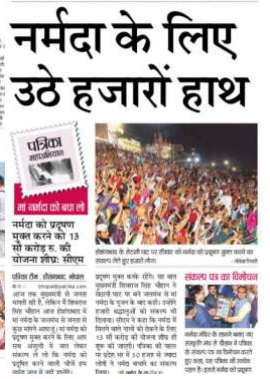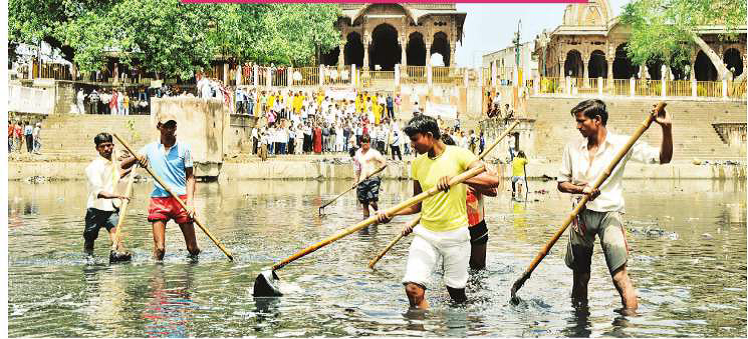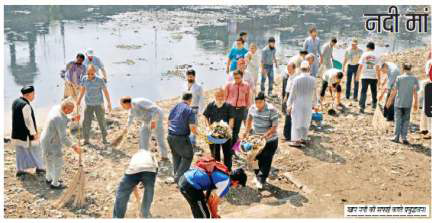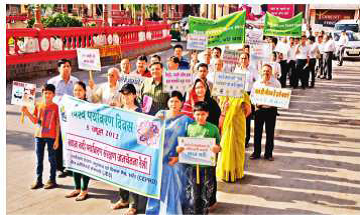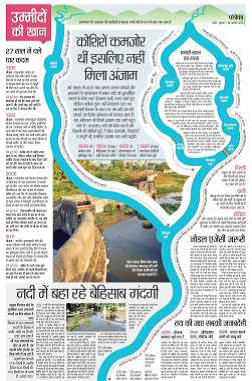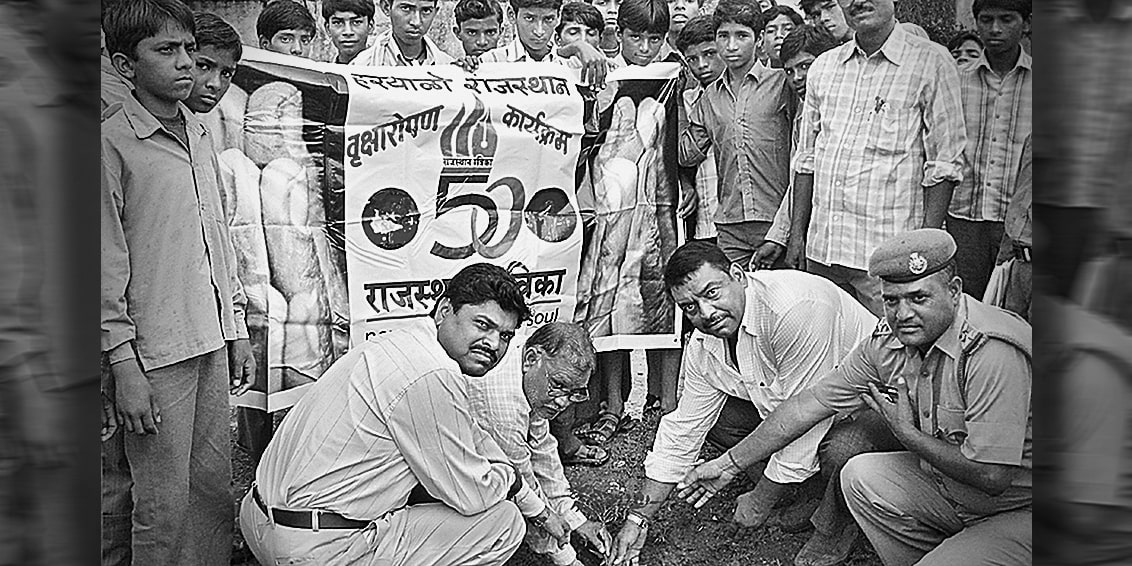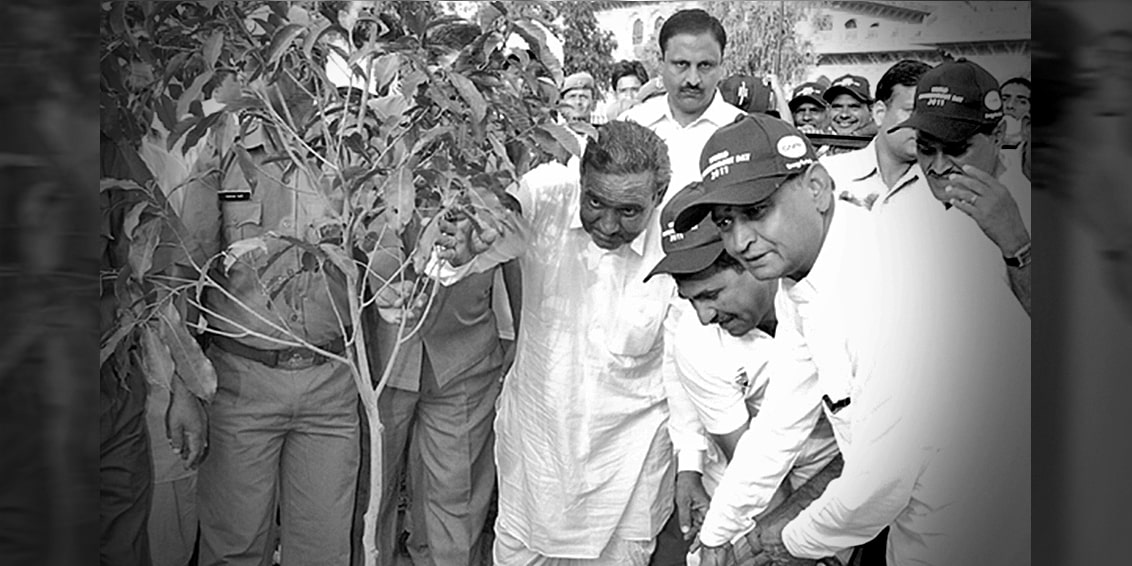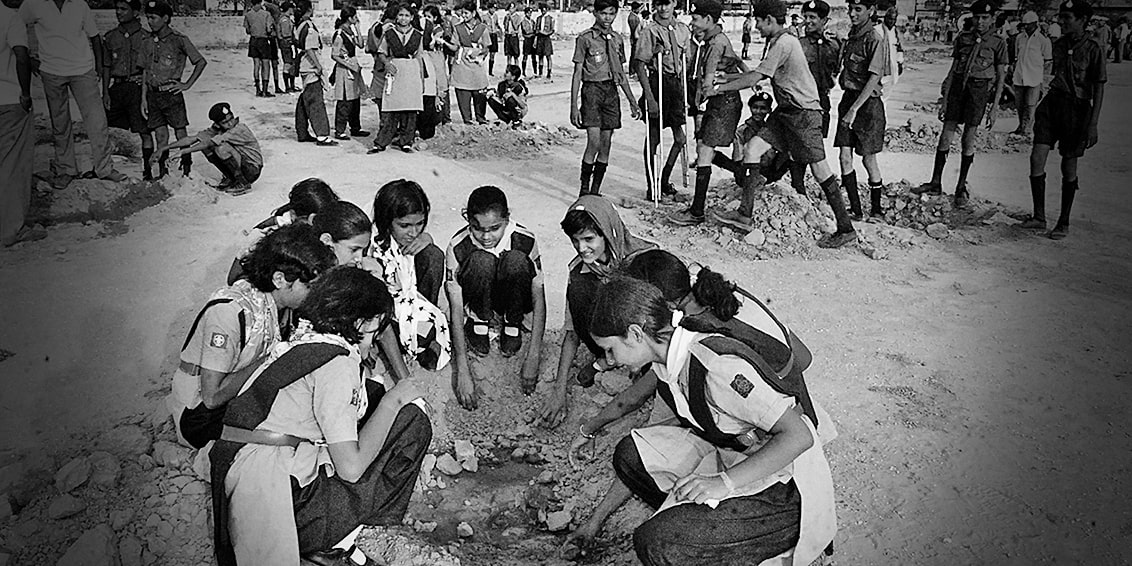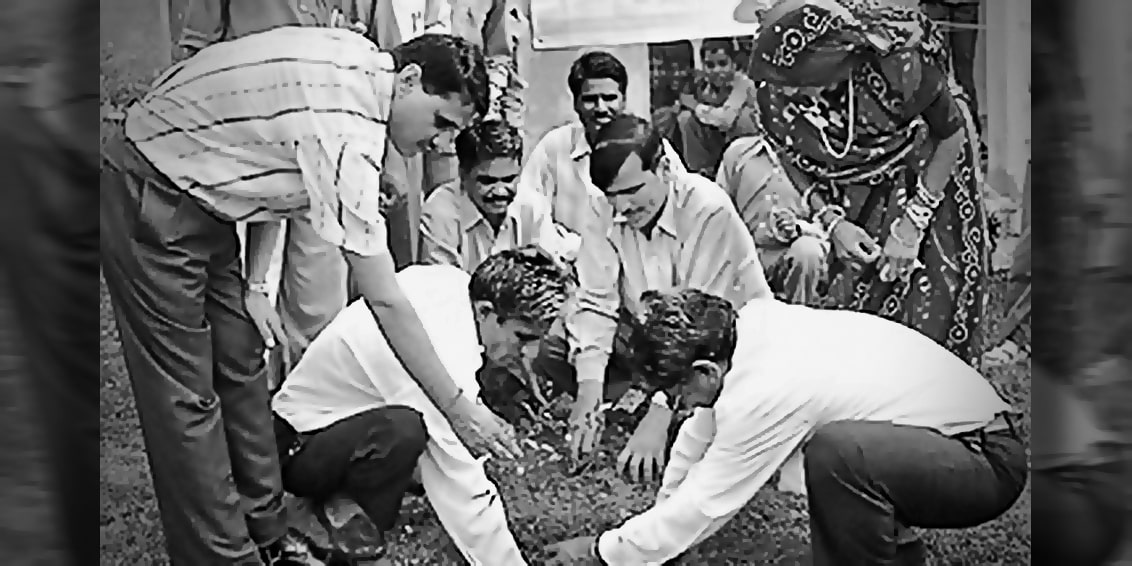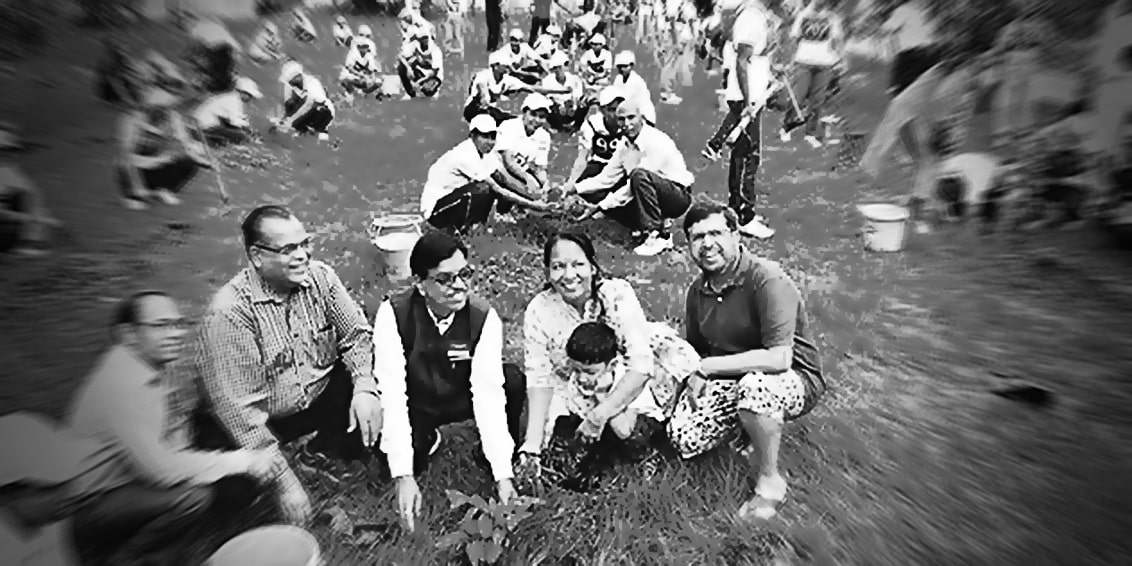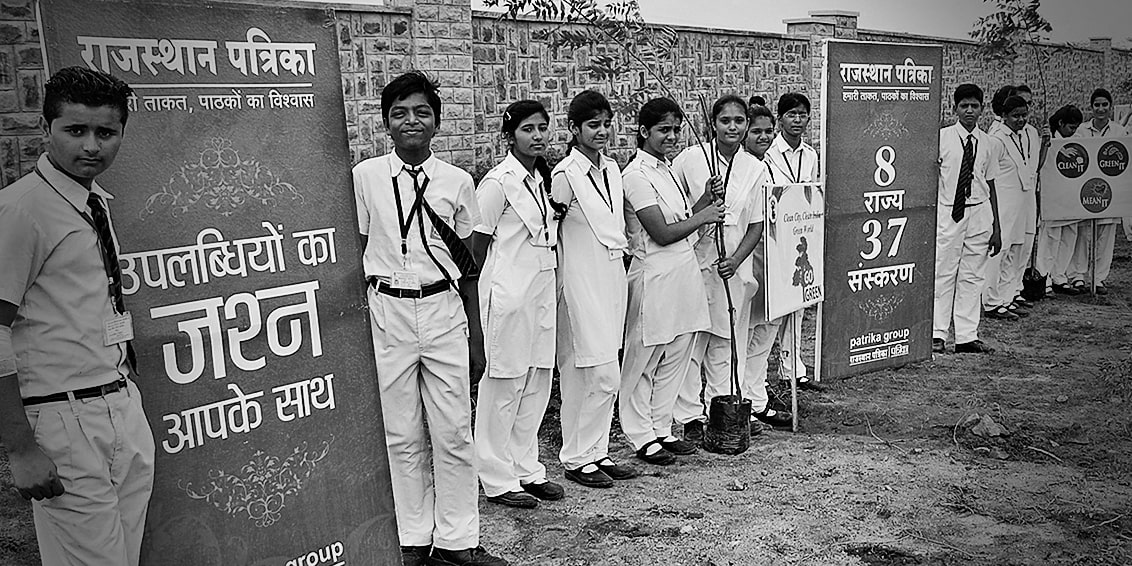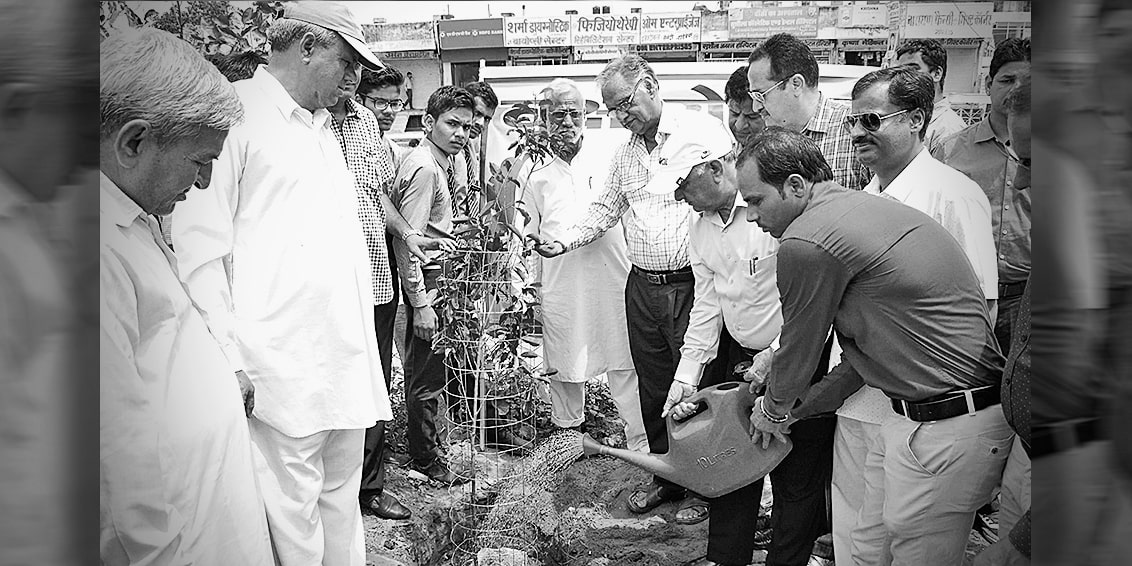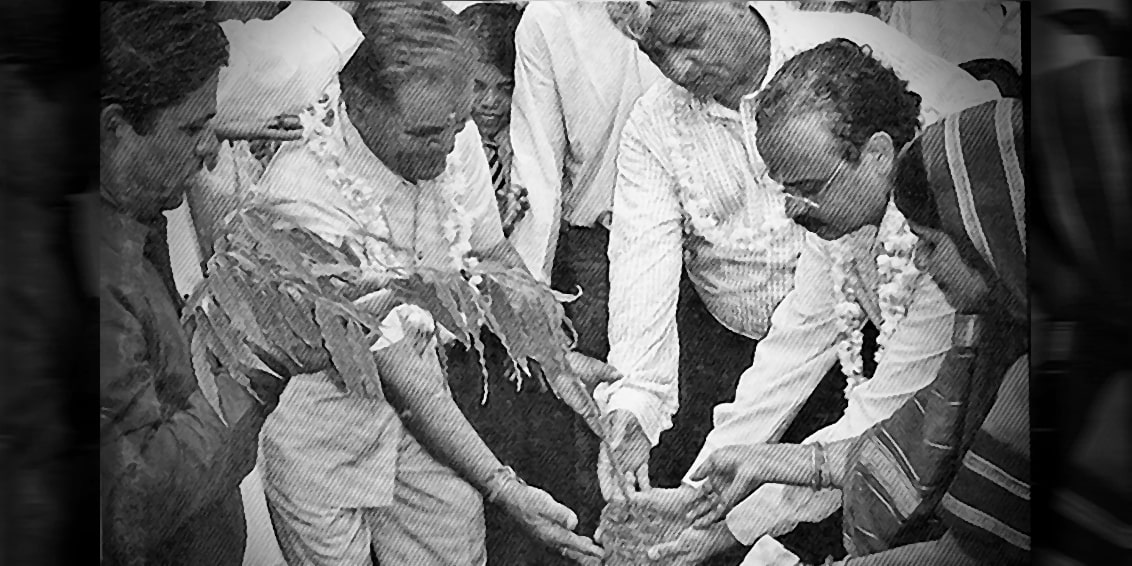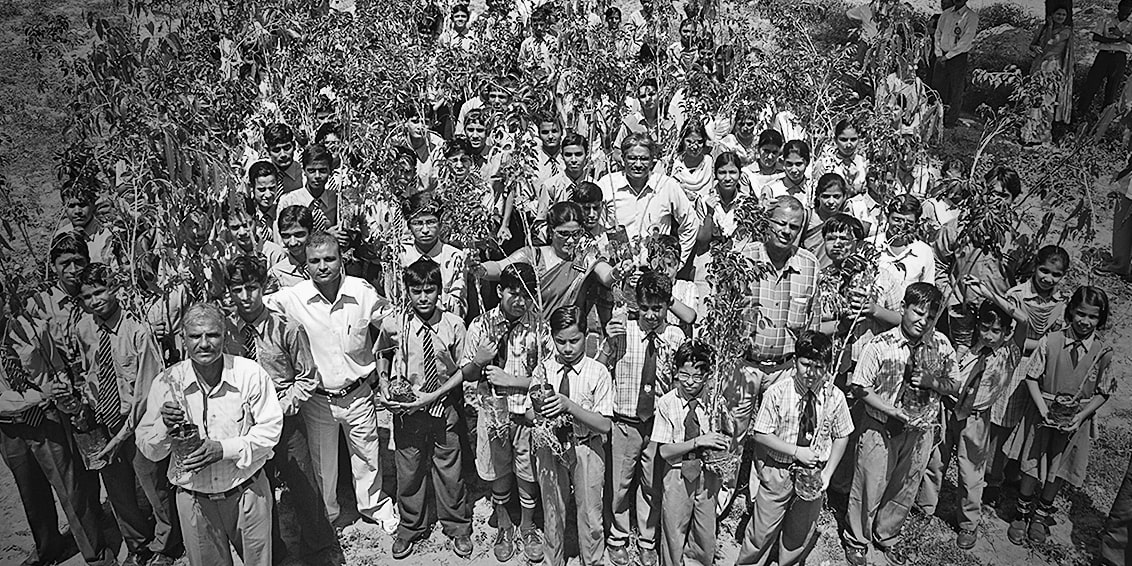- Welcome to Patrika Foundation
- +91 89054 44474
- [email protected]
Enviroment
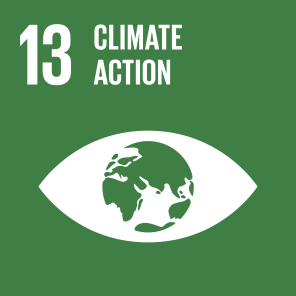
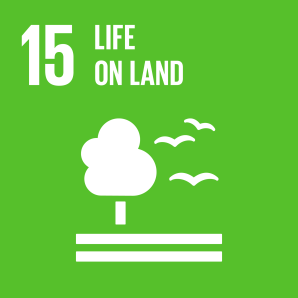
Environmental resources increasingly face threat from what is widely referred to as the ‘tragedy of commons’. The media’s role as the guardian of civic interest also extends to efforts to champion the cause of environmental sustainability and facilitate the protection, conservation and revival of the natural environment. In such interventions, the importance of multi-sectorial convergence and public ownership of the environment through community-based solutions remains central.
Amritam Jalam
Where it all began?
Encroachment and neglect are drying age-old water storage systems. Since 2005, more than 3000 water bodies have been restored by 650 thousand selfless volunteers organised by Patrika, who worked tirelessly in the scorching sun from April to June and contributed 16,91,568 hours of work. The government, too, has recognized these efforts and awarded the campaign with National Water Conservation Award 2010.
Amritam Jalam focuses on saving water through restoration and renovation of neglected and derelict water bodies. It is one of the mega campaigns of Rajasthan Patrika to address the aggravating issue of the water crisis through restoration of traditional water bodies. The locus of the campaign was in the states of Rajasthan, Madhya Pradesh, and Chhattisgarh.
Our target areas
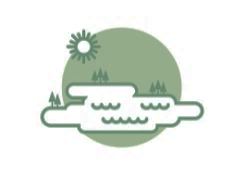
Restoration of water bodies
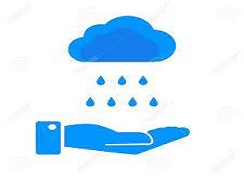
Water Conservation
How the campaign took shape:
PATRIKA MANAV MITRA
“Amritam Jalam” was launched in every district in Rajasthan in the year 2005. The organization chose and appointed representatives, who could perform campaign tasks and organize events related to the cause. Local leaders were identified and volunteers were signed up as Manav Mitras ( ‘Friends of Humanity’ ) in every city, town and village.
PUBLISHING STORIES
- Rajasthan Patrika published write-ups and articles on social, religious and traditional stories of the past in order to create awareness.
- Publishing of write ups and articles in newspapers about the negligence of government departments, illegal encroachment on river beds and in catchment area.
- Printing pictures related to these issues to reinforce the impact of the campaign. As a result of this extensive campaign in the newspapers, masses became aware about the aggravating water crisis and the derelict state of water bodies.
POSTERS MAKING AND SLOGAN WRITING COMPETITION
- Children and youth were involved in the campaign through different activities like poster making and slogan writing competitions.
- Rallies were organized to promote the cause and to create awareness.
VOLUNTEER WORK
- Rajasthan Patrika created awareness through media campaigns, encouraged and motivated the public to be a part of the campaign. Representatives of the organization also geared up to get the public support and motivate them to invest selfless labour, money and time in the campaign.
- The task of representatives was to ensure the involvement of government officials, environment specialists, social workers, students and women’s organizations in the campaign.
- Trees were planted near water reservoirs, religious places and the premises of government buildings.
- For the cleaning of water resources, programs were organized where, people work as volunteers helped in cleaning and rebuilding the reservoirs.
- Full coverage of these activities were published which further increases the enthusiasm of people.
Our impact story
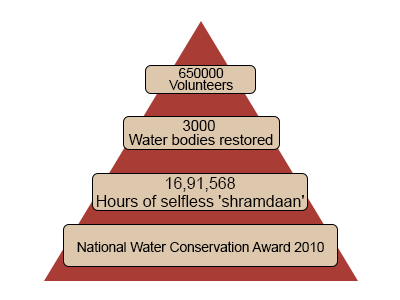
Gallery
Mar Gaya Ramgarh
Where it all began?
In its campaign to rejuvenate and revive the lost glory of the historical Ramgarh Lake, Patrika featured hard-hitting coverage to awaken public and government conscience to the issue. With front-page banner headlines - “Obituary to Ramgarh”, Patrika raised the question of who was culpable for the murder of lake: the government or the land mafia? This obituary also appealed to the citizens of Jaipur to launch a campaign and pray to revive it. Rajasthan Patrika raised the issue in August 2011, published stories highlighting the plight of this vital water source. The story indicated the long-term benefits of this campaign to the following water sources: Mansagar Lake, Dravyawati River, Taal Katora, Kukas Dam, Khania dam, and Amber Martha.
Our target areas

Removal of encroachments
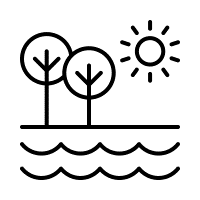
Restoration of Ramgarh Lake

Synergizing government arms
How the campaign took shape:
Rajasthan Patrika raised the issue in August 2011, publishing stories highlighting the plight of this vital water source. The problem areas identified were:
- Encroachment in the catchment area of Ramgarh.
- Unauthorized construction near the dam area and illegal possession of water resources by land mafia.
- 238 ponds and anicuts barricading the water flow from Tala and Banganga rivers which supplies water to Ramgarh.
- Practice of cultivation on Ramgarh’s land
Our Impact Story
Within two days of their publication, the Rajasthan High Court took cognizance of the matter. The court moved to cancel all the land leases near the area and ordered the removal of encroachment from Ramgarh and other water bodies around the state.
- The High court ordered the state government to present a road map for the revival of Ramgarh within seven days and supplement it with an analysis of the hurdles to be faced in restoring Ramgarh to its former glory.
- The Court also gave directions asking the Forest Department to report the expenditure for Ramgarh in 4 sub-divisions, the Revenue Department to report on the state of Ramgarh in 1947 and the measures to be taken to remove the encroachment. The Court also asked the Environment Department and Water Resources Department to reply on the water inflow restriction in Ramgarh Dam.
- The High Court decided to form monitoring committees headed by District Magistrate in every state district to save water resources.
- The High Court also assessed the actions taken by various departments to remove encroachments in compliance with the court’s rulings.
Testimonial
Gallery
Laute Amanishah ka Ateet
Where it all began?
Unscrupulous constructions of residential and commercial buildings on the catchment area were damaging the natural course of the water body. Lack of rain, escalating real estate prices were further causing a rise in illegal construction around the water body.
The land of Amanishah was turning into a dumping zone of garbage and trash. The encroachers were growing bolder due to the apathy and inaction of government authorities. The Jaipur Development Authority, Municipal Authorities, and present and past government officials colluded in these encroachments and benefitted from them.
Committed to bringing oft ignored public causes to the fore, Patrika initiated the campaign “Laute Amanishah Ka Ateet” (Bring back the Glory of Amanishah River).
Our target areas

Illegal constructions
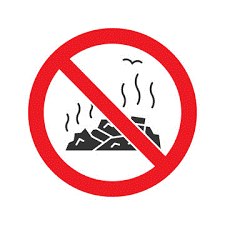
Waste disposal in water bodies
How the campaign took shape:
How the campaign took shape Originally launched in 2012, the follow-up exercises continued during the years of 2013 and 2014. The strategic follow-up of the campaign published through Rajasthan Patrika’s newspaper editions made a positive impact and worked as a catalyst for a landmark decision by Rajasthan High Court
Our Impact Story
- The Hon’ble High Court in 2012 gave a historic decision of ordering the evacuation of the encroached areas within three weeks and without any partial treatment. The Court ordered for the maintenance of the width of Amanishah between 150-210 feet.
- The court further gave directions to start the demarcation process and make arrangements to rehabilitate the people residing in the encroached area. The demolition of buildings in the path of Amanishah was conducted by inviting demolition experts. This was arguably the first time that citizens witnessed such proactive action at the instance of the court decision and the media drive.
Gallery
Testimonial
Save Narmada
Where it all began?
‘Narmada,’ also known as ‘Reva,’ is the fifth-longest river in the Indian subcontinent and is crowned as the third longest river that flows entirely within India. Narmada has religious significance to Hindus and is amongst the five holy rivers of India. The river emerges in ‘Amarkantak’ from its source, a small bowl known as Narmada Kund. It flows through Maharashtra, Madhya Pradesh, Gujarat, and finally plunges into the Arabian Sea.
Approximately 529 tons of garbage and filth were being dumped into the river, creating hazardous results. Chemical farming, animal bathing in the water, immersion of dead bodies and statues made of iron, copper, chromium, mercury, nickel, zinc, and lead have already taken a toll on the river. Adding to the problem, large amounts of sand was being excavated from Narmada and mounting environmental concern was caused by ashes emitted by thermal power plants. Around 1500 small and large factories were located on its path, which only aggravated the issue by dumping contaminated waste matter into the river. Jabalpur was the biggest culprit, dumping waste amounting to almost 83 tons in the river.
Our target areas
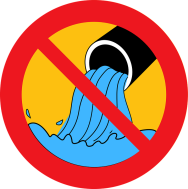
Water Pollution

Waste Dumping

Mining and Enroachments
How the campaign took shape:
The “Save Narmada” campaign was launched to address the issues of pollution and encroachment threatening the existence of the Narmada River. Patrika launched the campaign in February 2013 to save Narmada and engage people and expert groups for action. Rigorous campaigning and extensive news coverage taken up by Patrika generated mass-scale awareness, triggering popular participation and volunteering for the cause.
Our Impact Story
Total pledges in MP: 50,000+
Pledges in Hoshangabad: 20,000
Pledges in Jabalpur: 20,000
PLEDGES FOR NARMADA
Chief Minister, MP- Shivraj Singh Chauhan pledged to save Narmada and launched a 13 billion corpus towards it
GOVERNMENT INTERVENTION
6 Million Rupees were donated by saints in Jabalpur to install natural filters.
COMMUNITY INTERVENTION
Pledge letter of Patrika’s ‘SAVE NARMADA’ campaign inaugurated by MP Chief Minister
RECOGNITION
Gallery
Ummeedo Ki Khan
Where it all began?
Once full of life and vibrancy – the Khan and Saraswati rivers were marks of beauty and incredibly vital in their natural, social and religious significance. However, since then, they have been sacrificed at the altar of urbanization and development. These deep rivers are reduced to smelly sewage carriers, burdened with city filth, waste, and faeces. It was found that the government’s plan of salvaging these rivers by creating a transport corridor on the banks of River Khan would only pollute it further.
The level of pollution of the Khan river has been reaching critical levels since the wave of industrialisation beginning in the 1960s. A mosquito control drive which hung crude oil bags in the river further intensified the damage. According to ' The Pollution Control Board,' at the time of the launch of the campaign, 239 million litres of dirt and grime were being dumped into the river per day. Many drives have been initiated to revive the river, but there has been no positive outcome. From 1985 to 2011, 4 major drives were launched, but all had underwhelming impacts due to weak strategic plans and implementation on the part of the government. Only a tiny part of the Khan River of Indore had been saved from turning into the drainage.
Our target areas

Water Pollution

RIVER CONSERVATION
How the campaign took shape:
Taking cognizance of the river’s state and urgent need for revival, Patrika group of newspapers launched a campaign in Nov 2012 to save 'Khan River'. The strategic mission plan was to work on the ground to create awareness among the public and engage people to volunteer and support the campaign. Rigorous efforts and intensive news coverage generated tremendous public support and also shook up the authorities from their slumber.
- Building on associations with the Centre for Environment Research & Development and Jain Engineers Society, the citizens of Indore gathered and rallied to save the river. The campaign also witnessed mass campaign towards the cause.
- Human chain formation, signature drives were organized to support the cause
- More than 1200 people volunteered, 1000 people signed to indicate support and more than 25 organizations participated in the events. Dignitaries of the city also volunteered.
- People hailing from various backgrounds and religions helped in cleaning the river. Notably, the wharf of Gangaur was dug up by the volunteers.
Our Impact Story
- Views expressed by renowned personalities and citizens on the Khan River were featured in Patrika newspaper. Every Sunday, people devoted their time to cleaning of Khan River
- The organization had also pushed for the creation of a high-level committee by the High court for the restoration of Khan river.
- CEPRD, The Centre for Environment Conservation Research & Development had also made a team of specialists to work on the ground for the betterment of Khan River
- Government projects prompted by the campaign:
- Connecting Khan River to the Narmada-Shipra link- carrying approximate costing of 1000 million rupees.
- Purification scheme for Shipra and Khan River with assumed costing of 1000 million rupees. With the inaugural ceremony of the Narmada-Shipra Singhastha link, Chief Minister of Madhya Pradesh Shivraj Singh Chauhan gave directions to the Collector to present a DPR for Khan River.
- On July 26, 2014, an important announcement was made by the Technical Head of 'Ganges Cleaning Project' Vinod Tare that the Khan river has been included in the project as the river plunges into the Ganges basin. The ministry was pushed to decide to prepare a dedicated project for the Khan River.
Gallery
Hariyalo Rajasthan
Where it all began?
In the western state of India, Rajasthan, ecological challenges such as rapid desertification of land, decreasing soil fertility, extinction of several plant species, increasing pollution and water scarcity coupled with government negligence and lack of awareness were rife. To comprehensively address these issues, the ‘Hariyalo Rajasthan’ campaign was initiated by Rajasthan Patrika group in the year 2005. This campaign was to contain the rapid desertification of the region.
Our target areas

AFFORESTATON

STEM DESSERTIFICATION
How the campaign took shape:
- Identification of the right place for plantation.
- Production of a commitment letter from participating institutions for plantations to ensure proper care of the trees. A registration form and a bond paper are filled by the participants to ensure their participation before the launch of campaign. After the registration a code number is provided to individuals / institutions and schools which they can tag on the trees. The task of taking care of and watering the plants is done through mutual cooperation.
- Ensuring the linkage of the common masses, especially children, women and the youth to the plantation drives.
- Monitoring of the campaign through coordinators of Patrika located in all the cities where the campaign was initiated.
Our impact story
2751
Places
629615
People
888845
Working hours
998578
Saplings
60%-70%
Survival Rate
Gallery


